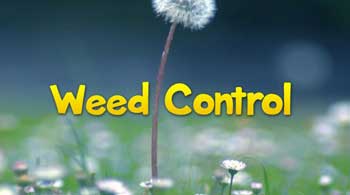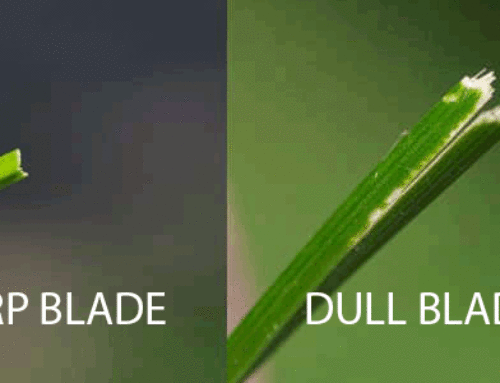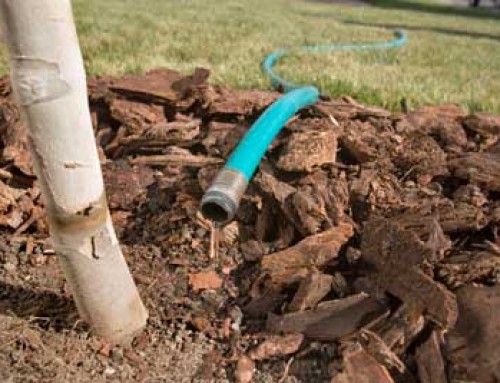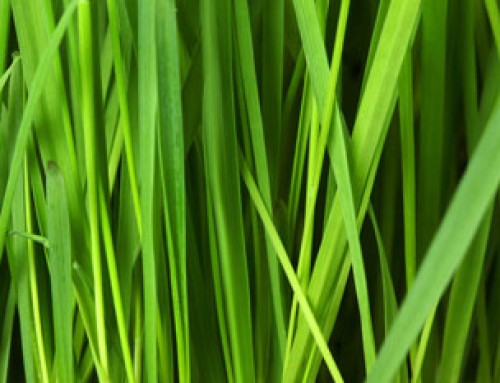September is crunch time if weeds have sprouted in lawns or shrub beds. Chemical control or tilling is often the most practical solution, but 100% control is rarely possible. Pulling weeds is always best for small-scale weeding.
- Most of next years weed seeds are being produced right now.
- Some of the worst weeds in our area are: crabgrass, foxtail, spurge, bindweed and yellow nutsedge (nutgrass). They will drop all or most of their seeds by the end of the month.
- If not pulled, these weeds will create new seed. These new seeds will cause greater weed problems for up to the next 10 years. In the case of some weeds like yellow nutsedge, up to 20 years.
How to Make Pulling Weeds Easier
- Water the lawn.
- Pull the entire plant, including seeds, stems, runners and roots.
- Throw the weeds in a trash bag, not the compost pile.
- Once the weeds are out of the way, add 2-3 inches of mulch as a first defense against new weeds over the winter and spring. Then, add new mulch as needed to maintain a 2-3 inches depth.
- Seed thin lawn areas to keep the lawn thick.
- Mow high all year.
- Apply pre-emergent to the lawn and beds in March or early April. Pre-emergent prevents most seeds from germinating.
- Cultivate beds and edge lawns as little as possible. This keeps the pre-emergent on the surface and avoids bringing new seeds to the surface.
If the garden is too overrun for pulling weeds:
- Spray only what you want to kill with a product containing the active ingredient, glyphosate (Roundup).
- Hand pull the remaining weeds that could not be sprayed due to their proximity to desirable plants.
If you have any questions about the best method to eradicate weeds in your lawn or garden, please do not hesitate to contact us at (913)789-9333 or ONLINE.





